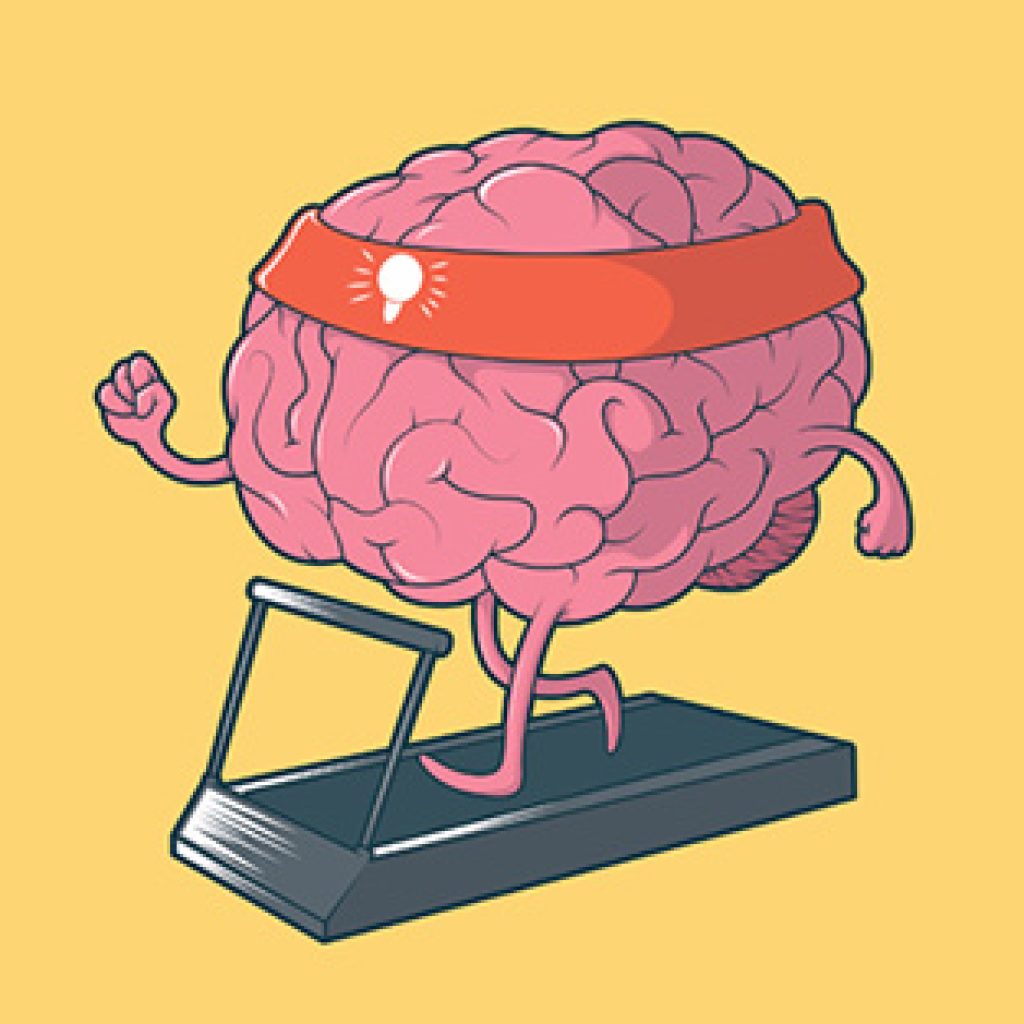Nearly 20 years ago, Dr. Lonnie Snowden shed light on how racial and ethnic bias could adversely affect mental health assessment and intervention. Since then, research has underscored the pervasive influence of implicit bias on health outcomes, particularly for marginalized populations. Despite our best intentions, these biases can seep into therapeutic spaces, potentially hindering the therapeutic process and perpetuating disparities in mental health care.
Implicit bias refers to the attitudes or stereotypes that unconsciously affect our understanding, actions, and decisions. These biases are often deeply ingrained within individuals and can influence judgments and behaviors without conscious awareness. Implicit biases can stem from societal stereotypes and cultural conditioning, and they may manifest in various aspects of life, including race, gender, age, religion, sexual orientation, and more.
Implicit biases can operate contrary to an individual’s consciously held beliefs and values. They can affect how we perceive and interact with others, leading to unintentional discrimination or unfair treatment. Understanding implicit biases is crucial in addressing social justice, diversity, and inclusion issues. Recognizing and mitigating implicit biases is essential for creating more equitable environments and fostering positive social change.
Unfortunately, therapists are not immune to implicit bias. They are human, shaped by their experiences, cultural backgrounds, and societal conditioning. These biases can manifest in various forms, influencing how therapists perceive, diagnose, and treat their clients. For example, a therapist may unintentionally hold stereotypes about certain racial or ethnic groups, impacting their ability to provide unbiased and effective care. Moreover, implicit bias can affect the dynamics of the therapeutic relationship. Clients may sense when they are being treated differently based on race, gender, sexual orientation, or socioeconomic status. This can erode trust and rapport, impeding the client’s willingness to open up and engage fully in the therapeutic process.
While explicit forms of bias have garnered attention in health equity interventions, implicit bias remains a subtler yet equally insidious force shaping mental health care. Studies reveal that at least two-thirds of healthcare providers hold some form of implicit bias against marginalized groups. Mental health systems, reliant on provider discretion for diagnosis and treatment, are especially vulnerable to the adverse effects of these biases. Dr. Snowden’s and Dr. William Hall et al.’s research highlights how implicit biases can hinder equitable mental health care. Implicit bias can significantly impact access to care in various ways. Here are a few examples:
- Diagnostic and Treatment Disparities: Healthcare providers’ implicit biases may lead to disparities in how patients are diagnosed and treated. For example, studies have shown that biases related to race, gender, socioeconomic status, and other factors can influence the recommendations for treatment and the level of care provided to patients. This can result in certain groups receiving lower-quality care or being less likely to receive appropriate treatments. In addition, implicit biases can influence how providers interpret client behaviors, leading to misdiagnosis and inadequate treatment. Despite standardized diagnostic criteria, providers are more likely to underdiagnose affective disorders and overdiagnose psychotic disorders among marginalized groups. This highlights the need for increased awareness and cultural competence among mental health professionals.
- Communication and Trust: Implicit biases can affect the quality of communication between healthcare providers and patients. Biases may lead to assumptions or misunderstandings that hinder effective communication and trust-building. Patients who belong to marginalized or stigmatized groups may feel less comfortable disclosing information or seeking care if they perceive bias from their healthcare providers.
- Impede Rapport: It has been well established that rapport between patients and providers is crucial for long-term treatment adherence. However, individuals from marginalized groups often report poor care experiences and microaggressions from health professionals, which can deter treatment-seeking behavior and hinder treatment outcomes. Addressing clinical bias within the health care system is essential for building trust and rapport among marginalized communities.
- Healthcare Settings and Policies: Implicit biases can influence the design and implementation of healthcare settings and policies. For example, biases may shape decisions about resource allocation, staffing, and service delivery, impacting the availability and accessibility of care for certain populations. Additionally, biases in medical education and training may contribute to a lack of cultural competence among healthcare professionals, further exacerbating disparities in access to care.
- Barriers to Care: Implicit bias can impede marginalized groups from accessing mental health services. Unlike other healthcare settings, mental health services often rely on one-on-one interactions, amplifying the potential for bias among providers. Research demonstrates disparities in appointment callbacks based on race and class, indicating systemic barriers to access.
- Crisis Response: Emergency personnel must be aware of implicit biases affecting crisis services. Biases may lead first responders to misinterpret individuals in crisis as dangerous, exacerbating mental health disparities in emergency care settings. Collaborations between law enforcement, mental health clinicians, and crisis training for first responders are crucial for mitigating harmful interactions.
- Health Disparities: Patients who perceive bias or discrimination in healthcare settings may be less likely to seek care, adhere to treatment recommendations, or engage in preventive health behaviors. These experiences can contribute to disparities in health outcomes and exacerbate existing health inequities.
Implicit bias permeates the mental health system, influencing every aspect of the care continuum. Addressing these biases requires concerted efforts to raise awareness, promote cultural competence, and implement interventions at both individual and systemic levels. By acknowledging and confronting implicit bias, we can strive towards a more equitable and inclusive mental health care system for all. Addressing implicit bias in healthcare requires a multifaceted approach that includes education and training for healthcare providers, policies and protocols to promote equity and cultural competence, and efforts to foster trust and communication between providers and patients. Interventions targeting individual and structural biases, along with increased diversity in the mental health workforce, are essential for promoting equitable mental health care.
So, what can be done to mitigate the influence of implicit bias in therapy? Awareness is the first step. Therapists must engage in ongoing self-reflection and education to uncover their biases and understand how they may impact their practice. This involves examining privilege, challenging assumptions, and actively seeking to understand clients’ lived experiences from diverse backgrounds.
Additionally, therapists must strive to create a culturally sensitive and inclusive therapeutic environment. This means valuing diversity, practicing humility, and acknowledging each client’s unique strengths and challenges. Culturally competent therapy involves tailoring interventions to meet the needs of individual clients while also addressing the broader socio-cultural factors that may impact their mental health.
Clients also play a role in addressing implicit bias in therapy. It’s essential for clients to advocate for themselves and communicate openly with their therapists about any concerns or discomfort they may experience. By fostering a collaborative and transparent therapeutic relationship, clients can help ensure that their needs are being met in a respectful and affirming manner.
Ultimately, addressing implicit bias in therapy requires a commitment to ongoing education, self-awareness, and cultural humility. By acknowledging and confronting our biases, therapists can create more equitable and inclusive spaces where all clients feel seen, heard, and valued. In doing so, we move one step closer to realizing the true potential of therapy as a catalyst for healing and transformation.
References
Hall, W., Chapman, M. Lee, K. Merino, Y. Thomas, T. Payne, B. Eng, E. Day, S.& Coyne-Beasley, T. (2015) Implicit Racial/Ethnic Bias Among Health Care Professionals and Its Influence on Health Care Outcomes: A Systematic Review. American Journal of Public Health 105, e60_e76, https://doi.org/10.2105/AJPH.2015.302903
Merino, Y., Adams, L., & Hall, William. (2018) Implicit Bias and Mental Health Professionals: Priorities and Directions for Research. American Psychiatric Association, 60 (6) 723-725. https://doi.org/10.1176/appi.ps.201700294
Snowden L. R. (2003). Bias in mental health assessment and intervention: theory and evidence. American journal of public health, 93(2), 239–243. https://doi.org/10.2105/ajph.93.2.239







